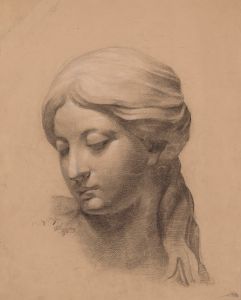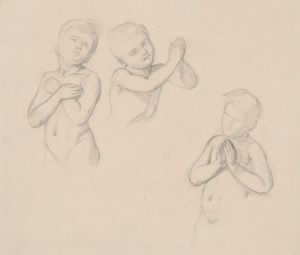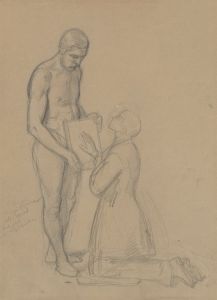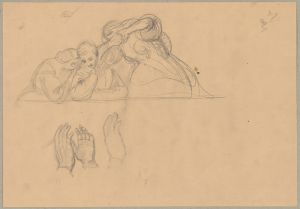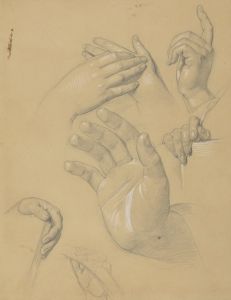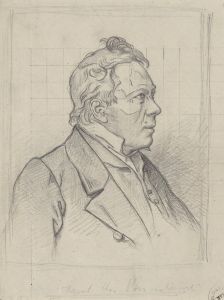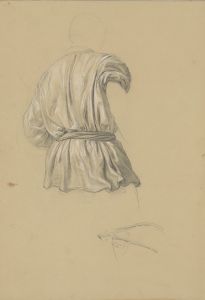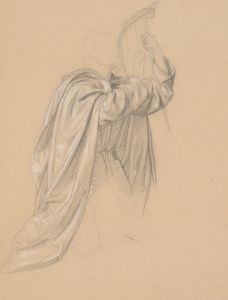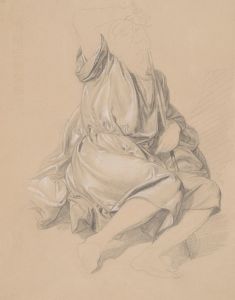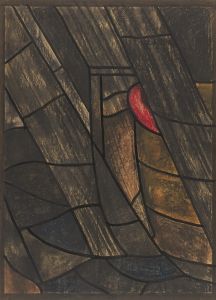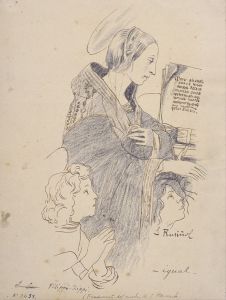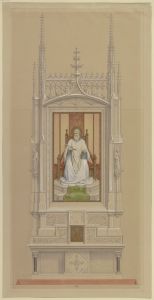
Study of the figure of Pius IX for the painting ‘The Immaculate Conception of the Blessed Virgin Mary’
A hand-painted replica of Józef Simmler’s masterpiece Study of the figure of Pius IX for the painting ‘The Immaculate Conception of the Blessed Virgin Mary’, meticulously crafted by professional artists to capture the true essence of the original. Each piece is created with museum-quality canvas and rare mineral pigments, carefully painted by experienced artists with delicate brushstrokes and rich, layered colors to perfectly recreate the texture of the original artwork. Unlike machine-printed reproductions, this hand-painted version brings the painting to life, infused with the artist’s emotions and skill in every stroke. Whether for personal collection or home decoration, it instantly elevates the artistic atmosphere of any space.
Józef Simmler, a prominent Polish painter of the 19th century, is best known for his historical and religious works. Among his preparatory studies, the "Study of the figure of Pius IX for the painting ‘The Immaculate Conception of the Blessed Virgin Mary’" holds significance as an example of his meticulous approach to composition and detail. This study was created as part of Simmler’s preparatory work for a larger painting that depicted the Catholic doctrine of the Immaculate Conception, a belief formally defined by Pope Pius IX in 1854.
The study focuses on the figure of Pope Pius IX, who played a central role in the promulgation of the dogma. In this preparatory work, Simmler sought to capture the likeness and presence of the pope, emphasizing his spiritual authority and connection to the theme of the painting. The study demonstrates Simmler’s skill in portraiture and his ability to convey the solemnity and reverence associated with religious figures.
While the final painting, "The Immaculate Conception of the Blessed Virgin Mary," is not as widely documented as some of Simmler’s other works, this study reflects the artist’s dedication to thorough preparation and his interest in religious themes. Simmler’s works often combined historical accuracy with a sense of idealism, and this study is consistent with his broader artistic approach.
The exact location of the study or the final painting is not widely known, and detailed records about its commission or reception are limited. However, the study remains an example of Simmler’s contribution to 19th-century Polish art and his engagement with significant religious and historical subjects of his time.






